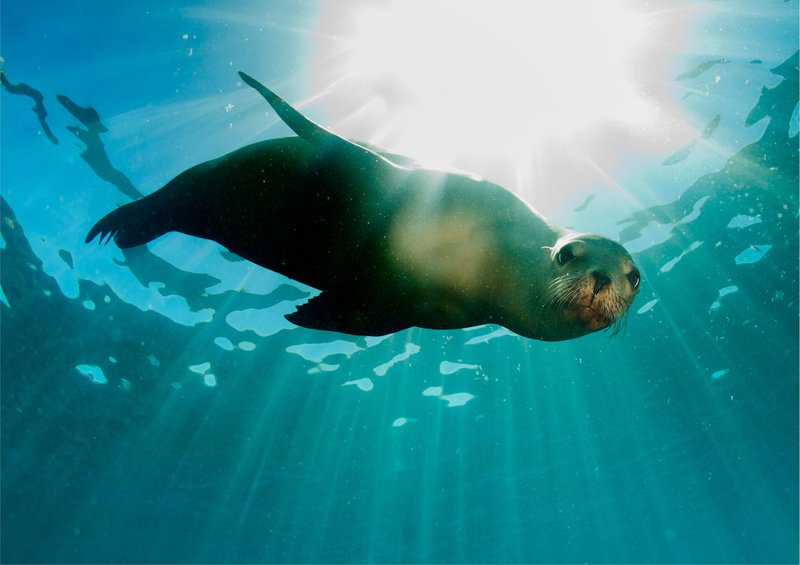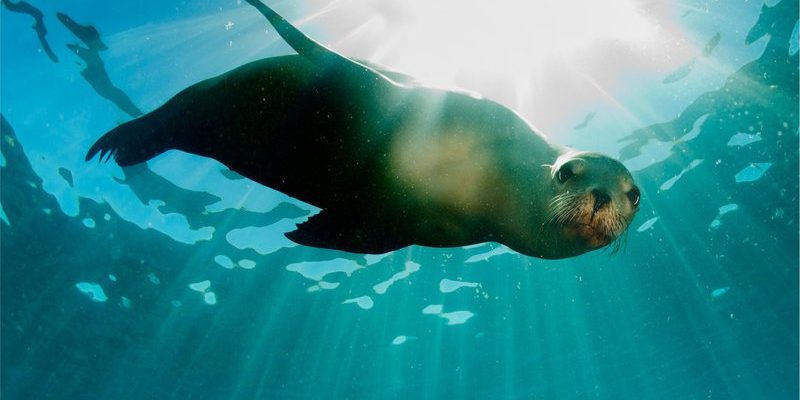
When we talk about sea lions, we’re usually referring to two main types: the California sea lion and the Stellar sea lion. Both are unique in their own right, yet they face different threats in their habitats. Think of it like two friends navigating their own paths in life, each with distinct challenges. In this article, we’ll take a closer look at the conservation status of sea lions, what’s being done to protect them, and why it matters for marine ecosystems.
What is the Current Status of Sea Lion Populations?
Let’s start with the basics. Sea lions are not all created equal when it comes to their conservation status. The California sea lion, often seen in popular coastal tourist spots, is currently listed as a species of “Least Concern.” This means that, thankfully, their numbers are relatively stable. In fact, their population has been on the rise since the Marine Mammal Protection Act of 1972, which helped curb hunting and protect their natural habitats.
On the other hand, the Stellar sea lion is not as lucky. This species is facing more significant challenges and is currently listed as “Threatened” under the Endangered Species Act. Its population has been in decline since the mid-20th century, largely due to a combination of overfishing, habitat degradation, and climate change. Just imagine trying to thrive in a bustling city where food is scarce; that’s what the Stellar sea lions are dealing with.
The Role of Climate Change
You might be wondering, “How does climate change affect sea lions?” Well, here’s the thing: Rising ocean temperatures and changes in water acidity can impact the entire marine food web. For sea lions, these changes can lead to a decrease in available prey, like fish and squid. It’s like trying to enjoy a meal at a restaurant, only to find out that your favorite dish is no longer on the menu.
Moreover, climate change can also impact breeding grounds and sea lion pupping success. Warmer waters can lead to shifts in prey availability, which directly affects the nursing mothers’ ability to gather enough food to feed their pups. When you think about it, a healthy sea lion population relies heavily on a balanced ecosystem.
Human Impact and Threats
Aside from climate change, human activities pose significant threats to sea lions. Overfishing is a major concern. As fishing industries target the same fish that sea lions rely on, competition for food increases. This can lead to starvation, especially for younger sea lions still learning to hunt. It’s like being at a buffet where the good food runs out just as you arrive.
Additionally, pollution from plastics and toxic chemicals can harm sea lions directly. Ingesting these materials can lead to illness or death. It’s a harsh reality that many marine animals face. To put it simply, the more we encroach upon their habitats and pollute their surroundings, the harder it becomes for them to thrive.
Conservation Efforts in Action
So, what’s being done to help sea lions? Various organizations and government agencies are actively working to conserve these marine mammals. Habitat protection is a significant focus. By designating marine protected areas, we can help ensure that sea lions have safe spaces to thrive and breed. These areas act like a shield, safeguarding them from harmful human interactions while boosting fish populations.
Research and monitoring programs are also crucial. Scientists study sea lion behavior, migration patterns, and health to make informed decisions about conservation strategies. It’s like having a dedicated support team that constantly checks in to see how things are going and what needs to be improved.
Volunteer programs and public awareness campaigns are helping to educate communities about the importance of sea lions and how to coexist peacefully with them. Whether it’s through beach clean-ups or educational outreach, every small effort counts in the grand scheme of conservation.
The Role of Public Awareness
Raising public awareness about sea lions can make a significant difference. When people understand the challenges these animals face, they’re more likely to take action. Conservation isn’t just about the scientists and organizations; it’s about everyone doing their part.
Social media campaigns, documentaries, and community events can all help spread the word. For instance, watching a heartwarming documentary about sea lions can evoke empathy and inspire viewers to support marine conservation efforts. Just think of it as a ripple effect; one person’s action can inspire many more.
Moreover, responsible tourism is crucial. If you ever find yourself near a seal colony, make sure to give them plenty of space. Always follow guidelines from local wildlife authorities to ensure that our interactions with these animals are respectful. By educating ourselves and others, we contribute to a collective effort to protect sea lions.
How You Can Help
Want to get involved? Here are some practical ways you can support sea lion conservation:
- Educate Yourself: Learn about local marine ecosystems and their inhabitants.
- Support Organizations: Consider donating to wildlife organizations focused on sea lion conservation.
- Reduce Plastic Use: Minimize plastic waste to help keep oceans clean.
- Participate in Clean-Ups: Join local beach or waterway clean-up events.
- Spread the Word: Use your voice to raise awareness about sea lion issues.
Every little effort can contribute to their protection and recovery.
The status of sea lions serves as a barometer for the overall health of marine ecosystems. While California sea lions are faring relatively well, the plight of the Stellar sea lion reminds us of the ongoing challenges our oceans face. Through concerted conservation efforts, we can help ensure these playful sea creatures continue to thrive.
Ultimately, protecting sea lions is more than just about saving an adorable animal; it’s about preserving the balance of our marine world. As we continue to learn and grow together, let’s remember our shared responsibility to create a healthier planet for all living beings.

